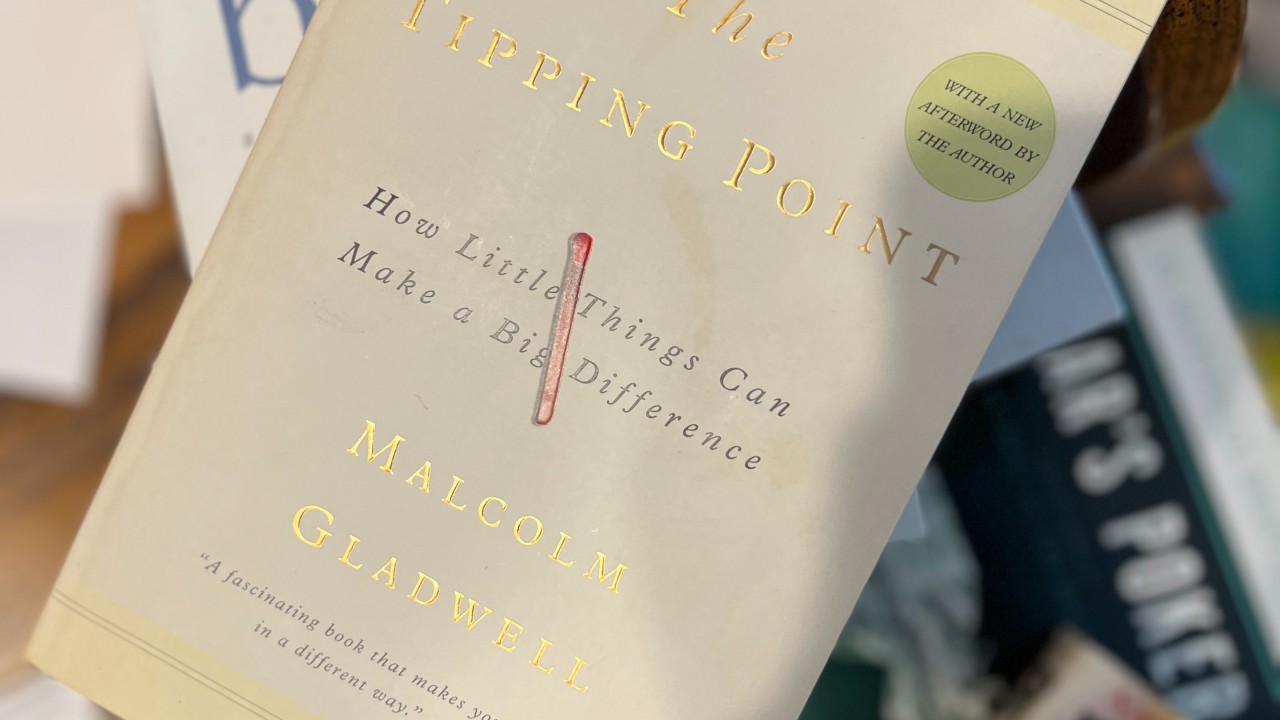The Old Tipping Point
The Tipping Point, a book by Malcolm Gladwell written 25 years ago, compares changes in social phenomena to the spread of infectious diseases. The moment a virus reaches a critical mass is called the tipping point. When this tipping point is reached, a graph illustrating the infection rate shows a sharp upward increase.
Gladwell argued that social actions can sometimes spread like outbreaks of infectious diseases. A decrease in crime rates, an unknown book suddenly becoming a bestseller, or the rapid emergence of a “must-have” product—all of these unexpected changes result from social epidemics. A significant shift occurs when three factors converge, creating a tipping point for change.
The Stickiness Factor focuses on features that make an idea or message memorable and persuasive, causing it to “stick” in people’s minds. Examples include storytelling, humor, and creating a strong emotional connection.
The Power of Context emphasizes the role of the environment and social situation in shaping people’s behavior and influencing the spread of trends. Where, when, and how an idea is expressed can determine its reception. For example, an expensively decorated attorney’s office increases the power of the attorney.
The Law of the Few contends that specific individuals are particularly influential in spreading ideas.
- Mavens provide new information. They accumulate knowledge and share it with others.
- Salesmen are charismatic individuals with an indefinable quality that makes others want to agree.
- Connectors have a special gift of making friends with everyone. Randomly take a list of 250 surnames. Go down the list and give yourself a point whenever you see a surname shared by someone you know. The higher the score, the more connected you are. Gladwell gave this test to almost 400 people. Of those 400, two dozen scored under 20, eight over 90, and four over 100 points.
A connector brings to mind a friend of mine, Jeff Saville. I will illustrate his influence with a humorous exaggeration. Jeff knows just about everyone. At international conferences, those from all over the world know Jeff. Go to a large party, and all the guests feel Jeff is their best friend. Jeff is so popular that he is given a private audience with the Pope. During their meeting, the Pope invites Jeff to the balcony overlooking St. Peters Square. Two people in the crowd look up at the two men waving from the balcony. One asks the other to identify the two people on the balcony. The man replies, “I don’t know who the guy is wearing the white cassock robe, zucchetto skull cap, and pectoral cross, but the man standing next to him is Jeff Savell.”
In his latest book, The Revenge of the Tipping Point, Gladwell writes that the rise of social engineering can reduce the tipping point. I will discuss this phenomenon in the article, “The Tipping Point, Pareto’s Rule, and Social Engineering.”



